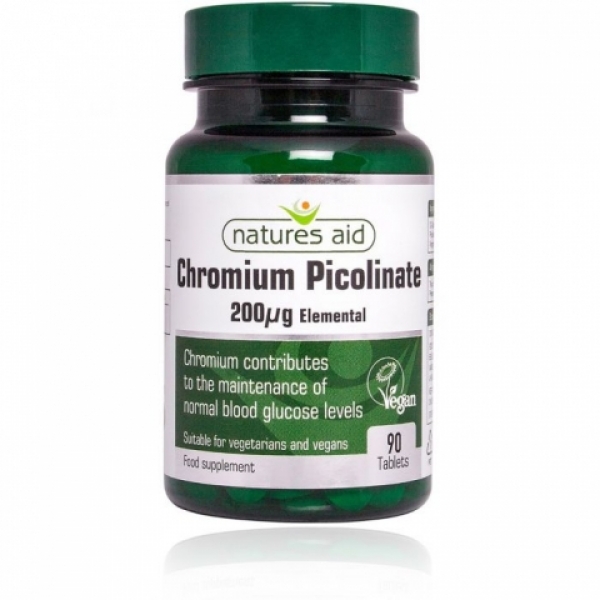VARICOSE VEINS EXPLAINED
Varicose veins are enlarged, swollen and twisted veins appearing blue or dark purple. They are caused by faulty valves in the veins which allow blood to flow in the opposite direction leading to pooling. All veins close to the skin can be varicosed, but the most commonly affected are those in your legs. This is because walking and standing increase the pressure on your legs. Therefore, by force of gravity, pooling occurs. For most people varicose veins are just a cosmetics concern. The veins rarely need treatment for health reasons. For some people, however, varicose veins can cause aching pain and discomfort. If swelling, aching, and painful legs result, and if there is considerable discomfort, treatment is available.
In severe cases, a varicose vein may rupture or form an ulcer-a case which may require medical attention.
Symptoms
Varicose veins may not cause any pain. Signs you may have varicose veins include:
- Veins that are dark purple or blue in color
- Veins that appear twisted and bulging; they are often like cords on your legs
When painful signs and symptoms occur, they may include:
- An achy or heavy feeling in your legs
- Burning, throbbing, muscle cramping and swelling in your lower legs
- Worsened pain after sitting or standing for a long time
- Itching around one or more of your veins
- Skin discoloration around a varicose vein
Risk factors
These factors increase your risk of developing varicose veins:
- Age. The risk of varicose veins increases with age. Aging causes wear and tear on the valves in your veins that help regulate blood flow. Eventually, that wear causes the valves to allow some blood to flow back into your veins where it collects instead of flowing up to your heart.
- Sex. Women are more likely to develop the condition. Hormonal changes during pregnancy, premenstruation or menopause may be a factor because female hormones tend to relax vein walls. Hormone treatments, such as birth control pills, may increase your risk of varicose veins.
- Pregnancy. During pregnancy, the volume of blood in your body increases. This change supports the growing fetus, but also can produce an unfortunate side effect — enlarged veins in your legs. Hormonal changes during pregnancy may also play a role. Varicose veins that develop during pregnancy generally improve without medical treatment within three to 12 months after delivery.
- Family history. If other family members had varicose veins, there’s a greater chance you will too.
- Obesity. Being overweight puts added pressure on your veins.
- Standing or sitting for long periods of time. Your blood doesn’t flow as well if you’re in the same position for long periods.
Complications
Complications of varicose veins, although rare, can include:
- Ulcers. Painful ulcers may form on the skin near varicose veins, particularly near the ankles. A discolored spot on the skin usually begins before an ulcer forms. See your doctor immediately if you suspect you’ve developed an ulcer.
- Blood clots. Occasionally, veins deep within the legs become enlarged. In such cases, the affected leg may become painful and swell. Any persistent leg pain or swelling warrants medical attention because it may indicate a blood clot — a condition known medically as thrombophlebitis.
- Bleeding. Occasionally, veins very close to the skin may burst. This usually causes only minor bleeding. But any bleeding requires medical attention.
MANAGEMENT
Self-measures to be taken include:
- Wearing compression stockings-Wearing compression stockings all day is often the first approach to try before moving on to other treatments. They steadily squeeze your legs, helping veins and leg muscles move blood more efficiently. The amount of compression varies by type and brand. You can buy compression stockings at online at https://deliverypharmacyke.com/products-listing.html?search=duomed.
- Watching your weight
- Changing your seating or standing position regularly
- Avoiding high heels.
- Elevating your legs
- Exercise


